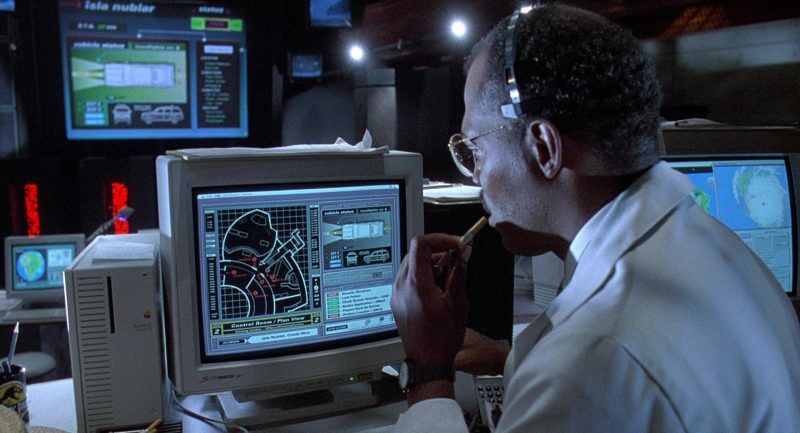
Working from home at 25MHz: You could do worse than a Quadra 700 (even in 2020)
Famously, Apple’s Quadra 700 once helped track dinosaurs. Is it stuck in amber nowadays? …

reader comments
269 with 166 posters participating
The crop of personal computers available in the last decade of the 20th century were markedly faster, more capable, and more connected than their primitive ancestors. Clock speeds and transistor counts were rapidly increasing, and the decreasing cost of memory and storage was opening up new avenues for the personal computer to evolve from an expensive desk accessory into a tool for multimedia and professional graphics design.
In 1991, the Intel i486DX was one of the hottest processors on the market—literally. It was one of the first that all but required a heatsink, and a cooling fan was a good option for processors with higher clockspeeds. But for Apple, the PowerPC architecture was still below the horizon, leaving just one choice for high-performance Macintosh computers in the early ’90s: the Motorola 68040 microprocessor.
What a beast. The ‘040 was a substantial upgrade over the ‘030 that had previously been used by Apple. It featured 1.2 million transistors, over four times as many as its predecessor. This processor increased the L1 cache size by a factor of eight to 4096 bytes, and it was the first 68k processor to have an on-board floating-point unit (FPU). While not without its drawbacks, the ‘040 processor was an obvious candidate for Apple’s next
Continue reading – Article source




